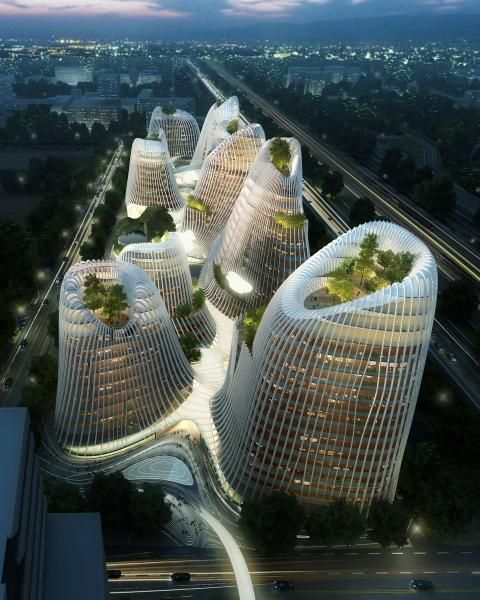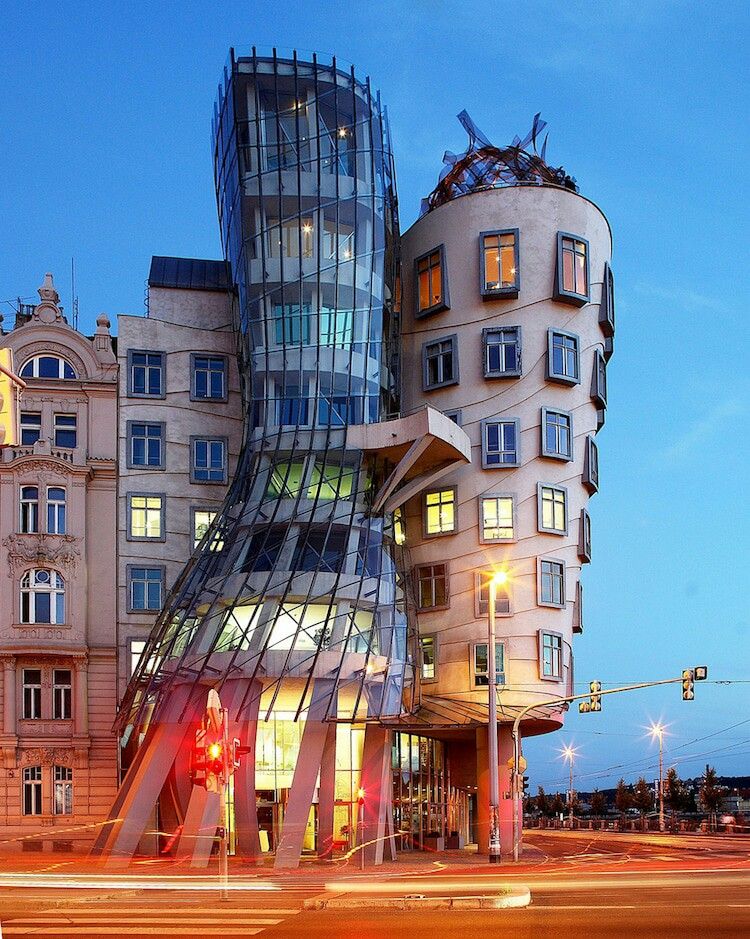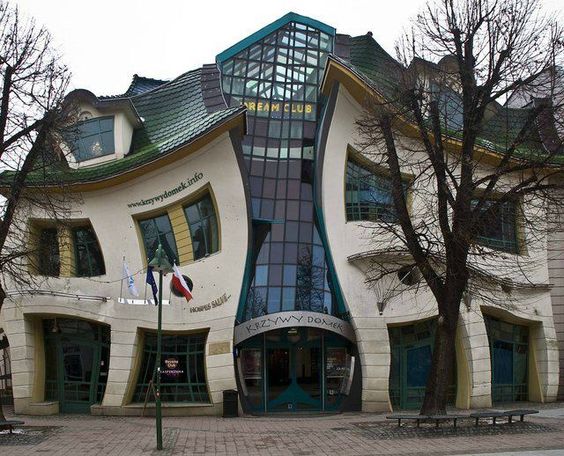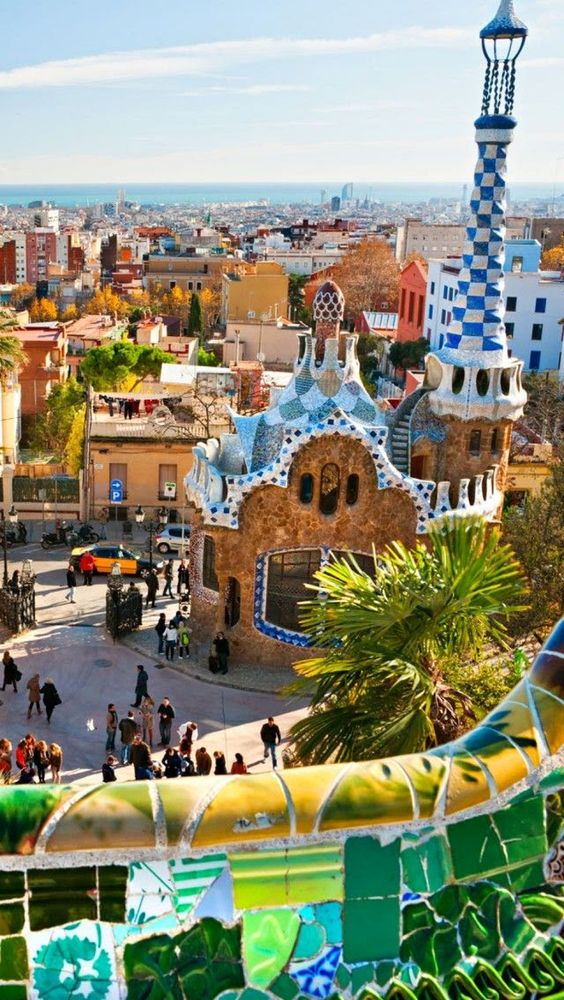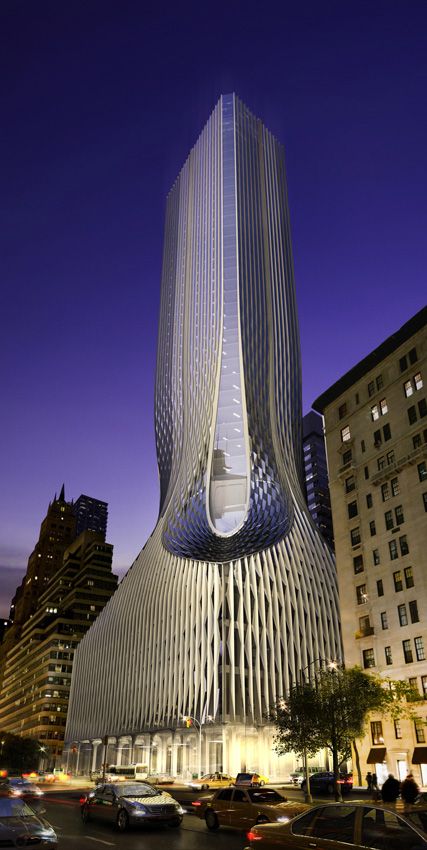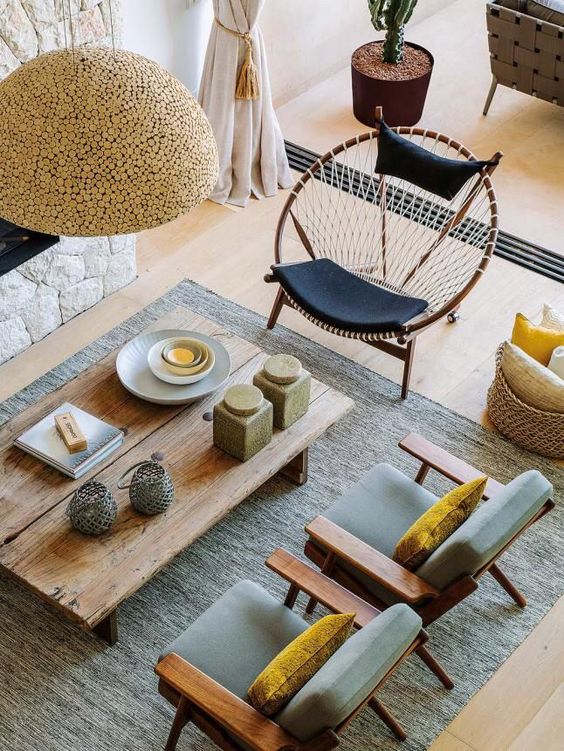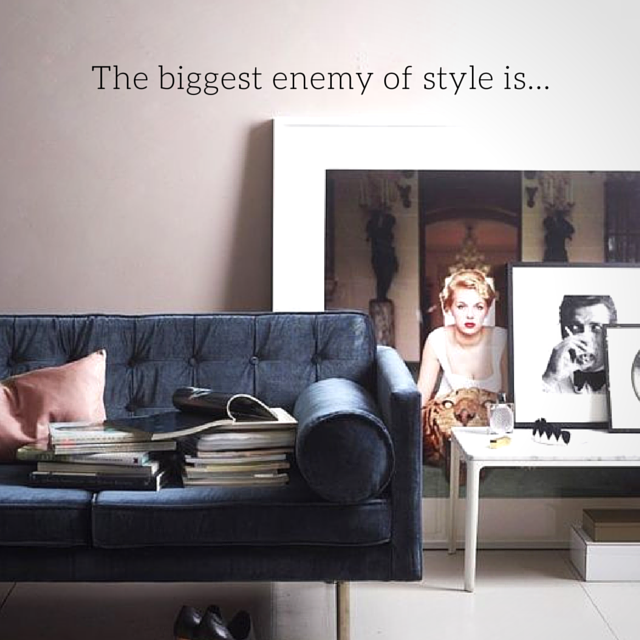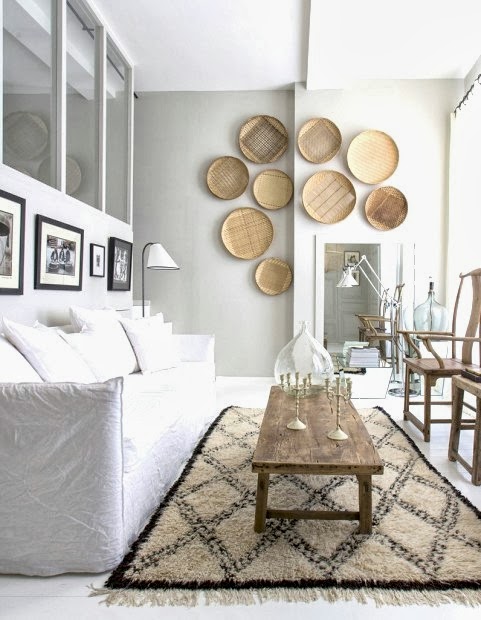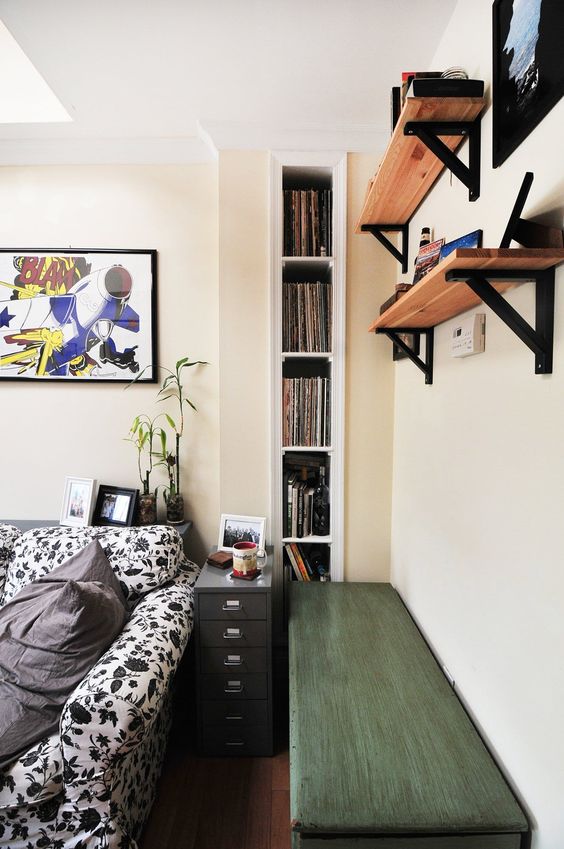Buidlings Around the World that Look More Like Art
The world is full of wonder and mystery, we just need to take a look at the stars, the picture-perfect sunsets and the works of art that are produced by the very people that inhabit it, to recognize it. There is beauty all around us – sometimes I feel like the world is one big, blank canvas, where we are all called to express our arts, our talents, ourselves; coloring it with all that comes from within. There are people who turn the world into their very own art gallery, and luckily the rest of us have the pleasure of admiring all that they produce. Most times we don’t even need to look very far to find it! Take the architectural masterpieces that are dotted all over the world, for example. It still blows my mind that there are buildings that look more like art, than they look like structures that we can walk into and live in! There are so many uniquely shaped buildings – all of which have us wondering how they’re built, because they just don’t look real. Take a look at our list of artistic architectural phenomenon’s around the world.
The New Museum of Contemporary Art on the Bowery
New York City, USA
There’s no wonder this is the museum of contemporary art. The building alone lets one know this. The New Museum of Contemporary Art was founded in 1977 by Maria Tucker, however, the new site and building was only designed and constructed in the 2000’s, after it was commissioned to Sejima and Nishizawa. They designed the museum in line with what they believed it stood for, after learning more about its history. They said “When we learned about the history of the New Museum we were flabbergasted by its attitude which is very political, very focused on new ideas, fearless. The New Museum is a combination of elegant and urban. We were determined to make a building that felt like that.”
The Dancing House
Prague
The Dancing House of Prague, which is also known as The Fred and Ginger building – after the Hollywood Dancers Fred Astaire and Ginger Rogers, is an outstanding architectural masterpiece that was designed by Frank Gehry – the same architect that designed the Guggenheim Museum. It was built soon after the fall of communism and was strategically designed to make a visual statement of change. It stands out from the buildings that surround it – as most of these have a soviet-inspired aesthetic; bland and lacking originality. This building certainly pushes the boundaries and injects life back into the streets that were once influenced by an Eastern-Bloc architectural approach.
Salvador Dali Museum
Florida, USA
The Salvador Dali Museum is fairly unusual in structure; however, it was not designed to only be visually striking. The building was also designed and created with advanced safety measures in mind (as buildings should be), this one, however, can withstand a category five hurricane in order to better protect the collection. The brain behind this architectural masterpiece is the same man that designed The Louvre Museum’s triangular structure and he is none other than Yann Weymouth. The flashy building is said to have cost a whopping $36 million, with only the finest materials used, in order to withstand almost any natural disaster.
The Guggenheim Museum
Bilbao, Spain
The Guggenheim Museum was designed to attract attention – and it sure does. The building was built not only to align with contemporary style and new ideas, but also to improve the tourism within Bilbao, Spain. The building has managed to achieve exactly what it was intended for, as it is said to attract more that 1 million tourists each year – and it certainly creates intrigue through its unusual design, and the way its titanium exterior catches the sun. This architectural masterpiece was designed by Frank Gehry, an American architect.
The Crooked House
Sopot, Poland
Possibly one of the strangest and most interesting buildings, which pushed the boundaries of architecture, is the Crooked House in Sopot, Poland. The building was built to pay homage to Jan Marcin Szancer, a former Polish children’s book illustrator. The building attracts many a tourist, because of its unusual structure, a style not often found in the streets of Poland.
Park Guell
Barcelona, Spain
Park Guell, is a series of small Hansel and Gretel looking homes, which was designed by the famous architect Antoni Gaudi – the same man who designed the world-renown Sagrada Familia. The park, which was constructed in the early 1900’s, was initially built for wealthy families who wanted to live in a private ‘park’, in a pristine location. But, in a turn of events the idea collapsed after the development of the park and became a public park instead. It’s now a tourist attraction in Barcelona – and it’s clear to see why. The houses have been uniquely designed and the attention to detail is exquisite.
The world is full of art, everywhere you go there are spectacles both big and small, subtle and bold that will captivate you and your heart. These artworks are insights into your country’s origins and the hearts of people who inhabit it. So whenever you are feeling low, like you need a pick me up, a reason to smile look out for the artworks that speckle your streets and see if you can feel the all-encompassing, moving and insightful power of art.

